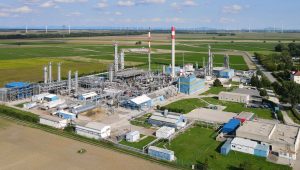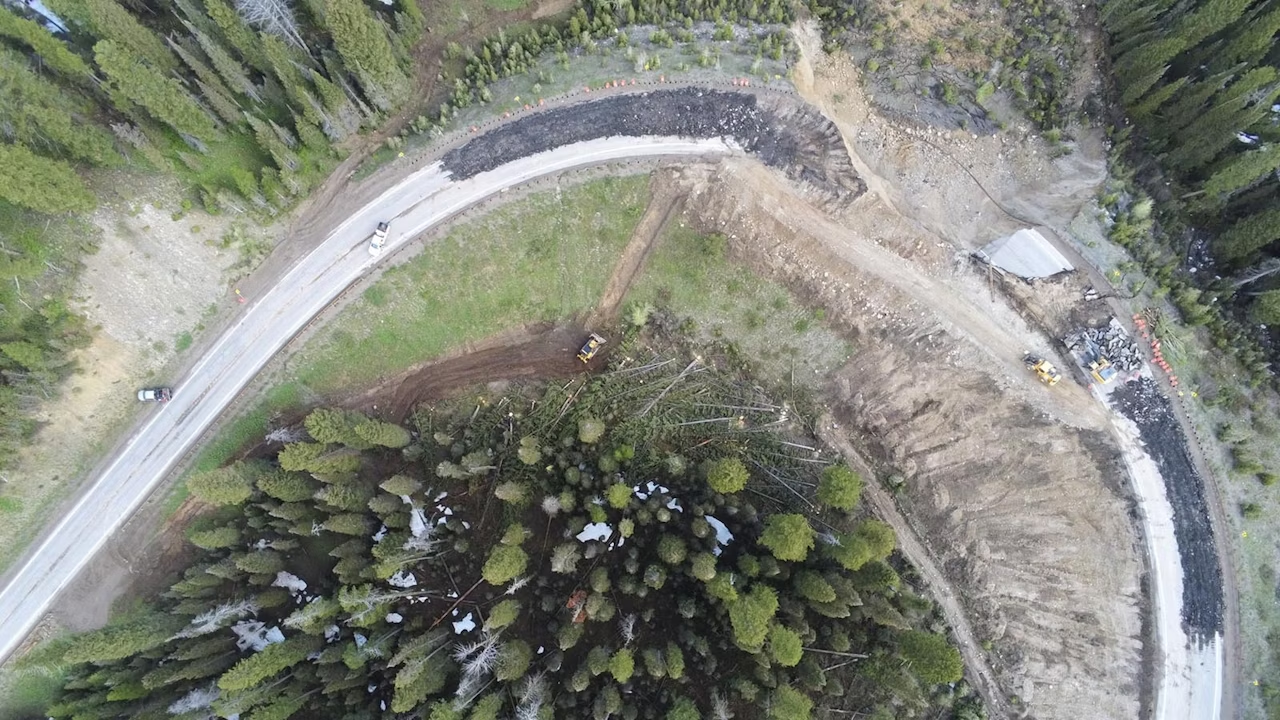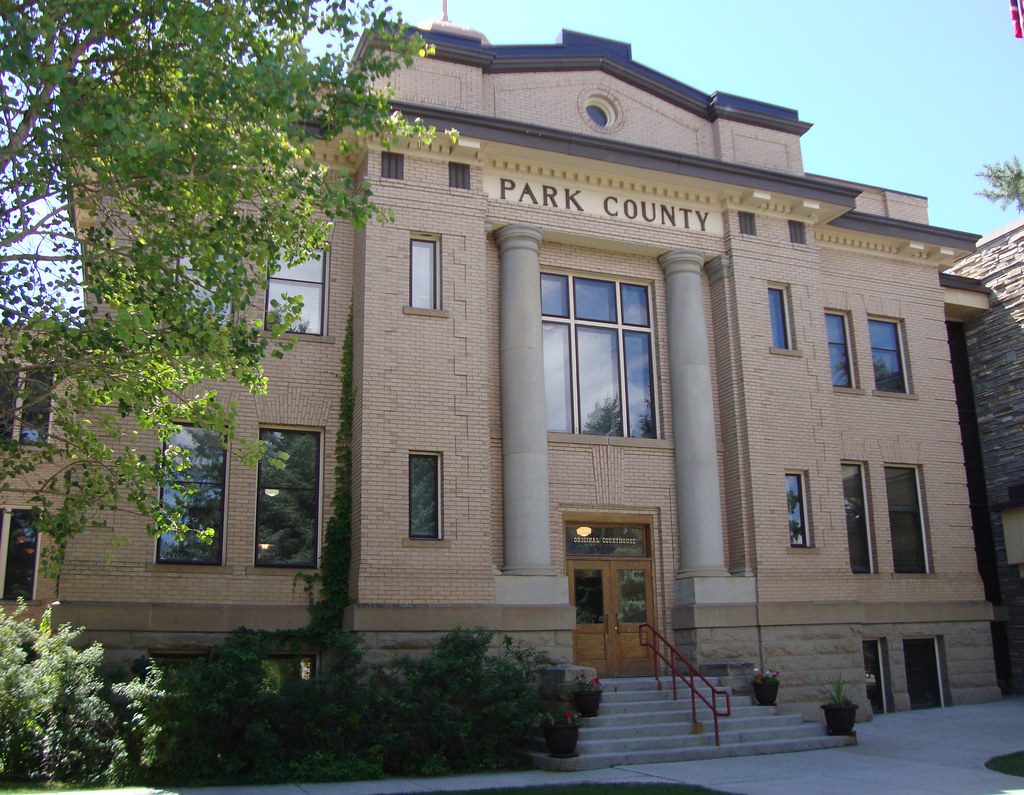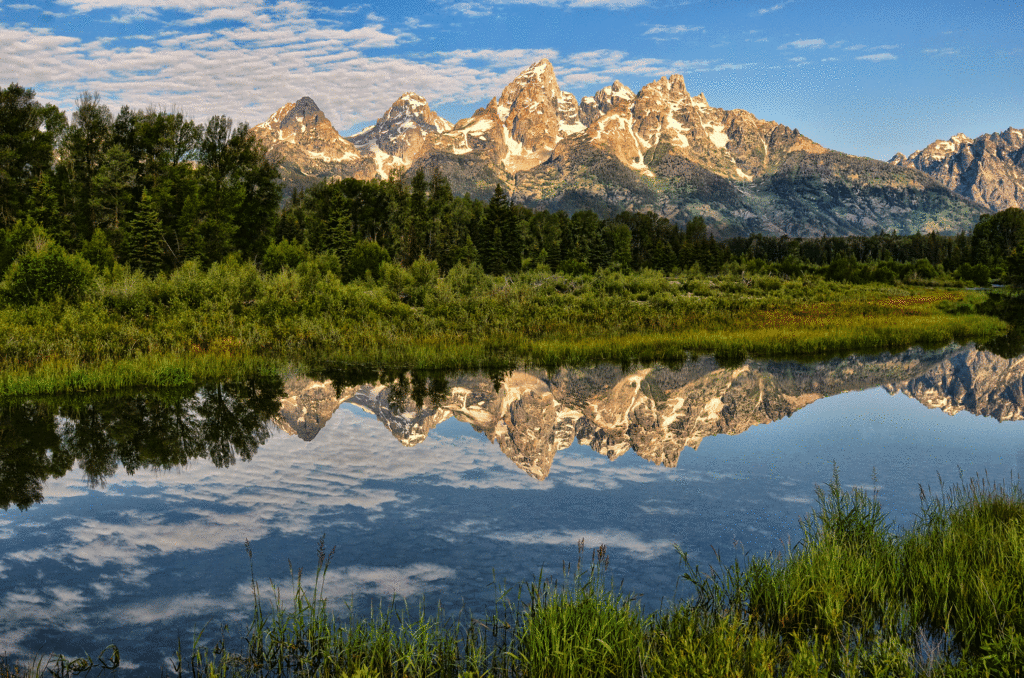BLM Approves Permanent Underground Storage of Carbon Dioxide on Wyoming’s Public Lands
Written by Andrew-Rossi on August 28, 2022
The B.L.M. is permitting the first-of-its-kind construction of underground infrastructure for carbon capture on public lands in two Wyoming counties, benefitting the state’s efforts to grow the industry.
In a significant milestone in the Biden-Harris administration’s efforts to combat the climate crisis, the Bureau of Land Management has approved ExxonMobil Corporation’s proposal to sequester carbon deep underground in Lincoln and Sweetwater counties, Wyoming.
The proposal includes a carbon dioxide disposal well pad and pipeline. Once completed, the infrastructure will provide the opportunity for permanent underground storage of carbon dioxide produced along with natural gas at the existing Exxon Mobil Shute Creek Plant near Kemmerer.
This is the first project of its kind to be approved on B.L.M. managed lands.
Currently, ExxonMobil sells carbon dioxide for commercial uses, and excess carbon dioxide is vented into the atmosphere under a permit approved by the Wyoming Department of Environmental Quality.
“This project is a prime example of how the B.L.M. can work together with industry leaders to combat climate change,” said B.L.M. Wyoming State Director Andrew Archuleta. “Projects like this will allow the B.L.M. to play a part in reducing carbon dioxide levels in the atmosphere.”
The disposal well will sequester approximately 60 million cubic feet of carbon dioxide daily at a depth of roughly 18,000 feet in the water leg of the Madison formation, which is an approved disposal zone. The injection of carbon dioxide into underground geologic formations offers safe, secure, and permanent disposal.
Earlier this year, the B.L.M. issued a new policy on the geologic sequestration of carbon dioxide on public lands.
Geologic carbon sequestration is the process of safely injecting carbon dioxide deep underground, permanently preventing it from entering the atmosphere and contributing to the climate crisis. Carbon dioxide has been injected underground in the United States since the 1940s, typically as a temporary measure to produce more oil.
Northeastern Wyoming is working towards becoming an international hub for coal research. Carbon capture is part of that research and is heavily promoted by Governor Mark Gordon.





